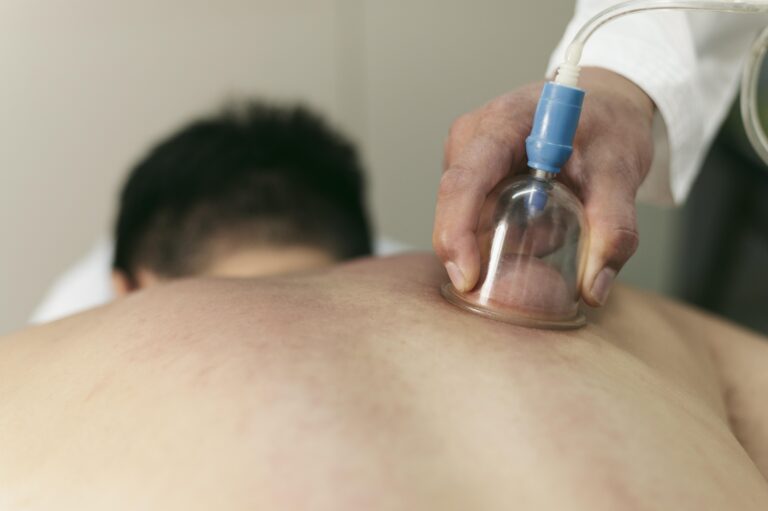Tricuspid Atresia Treatment
Tricuspid atresia is a congenital heart anomaly characterized by the incomplete formation of the tricuspid valve within the heart.
In this condition, the tricuspid valve, which is supposed to separate two of the heart’s chambers, fails to develop properly.
Instead, there is solid tissue in place of the valve, obstructing normal blood flow and leading to underdevelopment of the right lower heart chamber, known as the ventricle. This condition is present at birth and requires medical attention for proper management.

Symptoms
Most often, infants born with tricuspid atresia exhibit symptoms within the first week of life. Common signs in a baby with tricuspid atresia include:
- Bluish discoloration of the skin and lips.
- Challenges with feeding.
- Shortness of breath and rapid breathing.
- Slow growth.
- Detection of a heart murmur.
Furthermore, some infants with this condition may develop symptoms of heart failure, including:
- Rapid weight gain due to fluid retention.
- Abdominal swelling.
- Swelling in the legs, ankles, and feet.
- Weakness and fatigue.
- Irregular or rapid heartbeat.
When to access Medical Care
Tricuspid atresia typically manifests symptoms in newborns within the first week after birth. Infants with this condition may display the following signs:
- Bluish discoloration of the skin and lips.
- Feeding difficulties.
- Rapid breathing and shortness of breath.
- Slower than normal growth.
- Detection of a heart murmur.
Moreover, some infants with tricuspid atresia may develop symptoms of heart failure, which can include:
- Rapid weight gain due to fluid retention.
- Swelling in the abdominal area.
- Swelling in the legs, ankles, and feet.
- Weakness and fatigue.
- An irregular or accelerated heartbeat.
Determinants of risk
The exact cause of congenital heart defects such as tricuspid atresia is often unclear. While treatment significantly improves outcomes for infants with tricuspid atresia, complications can arise later in life, including:
- Formation of blood clots, which may lead to blockages in pulmonary arteries (pulmonary embolism) or result in strokes.
- Fatigue and reduced stamina during physical activities or exercise.
- Irregularities in heart rhythm.
- Development of kidney or liver disease.
Recovery process
Recovery duration varies, contingent on factors like patient characteristics, chosen procedure, and the extent of severity.
Why entrust your care to us?
At Steps 2 Cure, our foundation of trust is built upon several key pillars that ensure your confidence in our services and expertise. Our team comprises highly qualified professionals with extensive experience in their respective fields. Their knowledge and skills enable us to offer you the best possible care and solutions for your medical needs. We understand that each individual is unique, and so are their healthcare requirements.
That’s why we prioritize tailoring our treatments and approaches to your specific circumstances, ensuring that you receive care that is truly designed for you. You are at the heart of everything we do. Your comfort, concerns, and aspirations guide our efforts. Our compassionate approach ensures that you feel valued and supported throughout your healthcare experience.
To commence the treatment procedure, you can start by forwarding your questions via WhatsApp at (+91 99xxxxxxxxx) or by sending an email to care@steps2cure.com. Our team will ensure a swift response to your queries.
Transcatheter Aortic Valve Implantation (TAVI)
Still have a Query?
Your health and peace of mind matter to us, and we’re dedicated to addressing any inquiries you may have with care and expertise. Feel free to reach out.
Subsribe To Our Newsletter
Stay in touch with us to get latest news and special offers.

